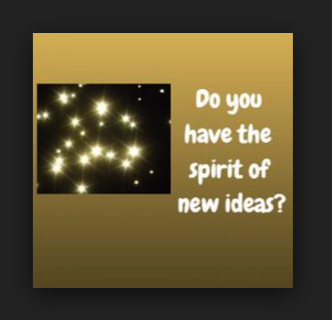Tag: push the edge

Creative Visual Design Content: The Best Ever Solution of Visual Design
We are always on the lookout for creative ideas for doing standard things. Standard things like annual reports of companies. Enter Warby Parker and its application of creative visual design content to its most recent annual report. A creative mind is like a parachute. It doesn’t work if it is not open. Never heard of…
Creative Visual Design … 9 Ideas You Must Know
We are always on the lookout for creative ideas for doing standard things. Standard things like annual reports of companies. Enter Warby Parker and its application of creative visual design to one of its annual reports. A creative mind is like a parachute. It doesn’t work if it is not open. Creative thinking is the…
Visual Content Design: 9 Things You Need to Know About Creative Design
A creative mind is like a parachute. It doesn’t work if it is not open. We are always on the lookout for creative ideas for doing standard things. Standard things like annual reports of companies. Enter Warby Parker and its application of visual content design to its most recent annual report. Never heard of Parker…